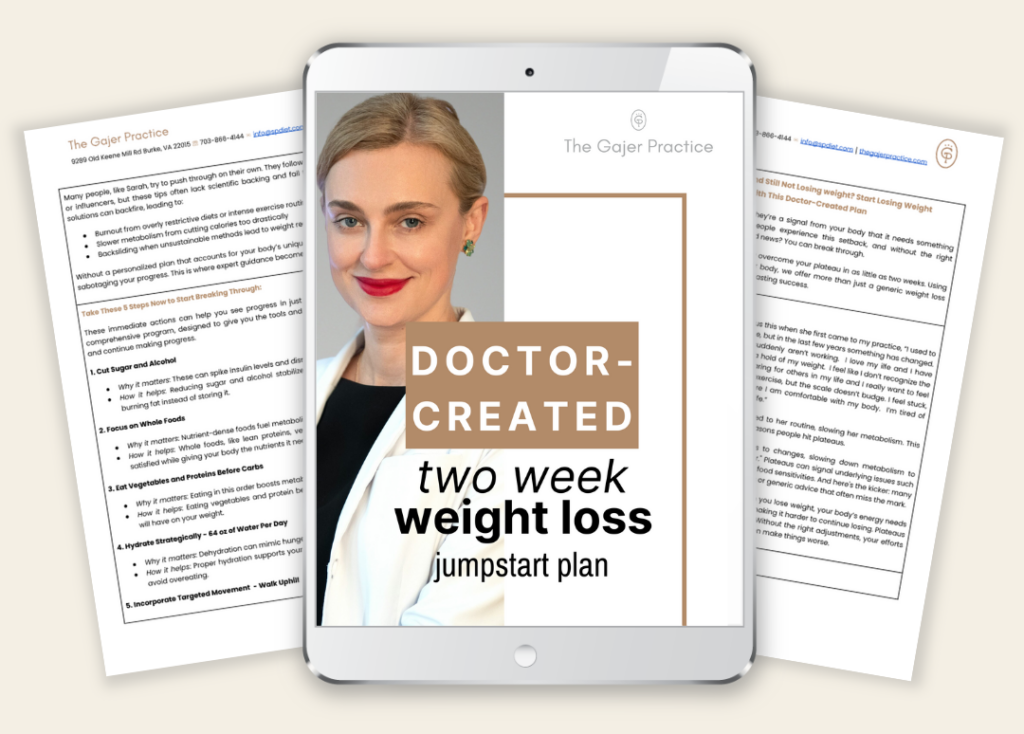Dear readers,
For many women, the topic of Hormone Replacement Therapy (HRT) is shrouded in confusion and fear, largely due to the Women’s Health Initiative (WHI) study published in 2002. This landmark study raised concerns about the safety of HRT and led to countless women being taken off their hormones. However, as we revisit the findings with updated research and modern approaches, it’s clear that not all hormones are created equal, and Bioidentical Hormone Replacement therapy (BHRT) offers a safer, more effective alternative.
Understanding the Flaws of the Women’s Health Initiative
The WHI study examined the effects of conventional hormone replacement therapy—specifically, synthetic estrogen (derived from horse urine) and synthetic progestin. While the study did highlight some risks, such as an increased risk of breast cancer and cardiovascular events, it’s important to note the limitations of this research:
- The Population Studied: Most participants were older women, with an average age of 63. By this time, many had already been postmenopausal for over a decade, which is not the optimal time to begin hormone therapy.
- Type of Hormones Used: The study did not evaluate bioidentical hormones. Instead, it focused on synthetic versions, which behave differently in the body and may carry higher risks.
- One-Size-Fits-All Approach: The WHI applied a uniform treatment regimen, failing to individualize therapy based on age, health status, or symptom severity.
These factors have led to widespread misconceptions about hormone therapy, leaving many women needlessly suffering through menopause and beyond without effective support.
The Case for BHRT
Bioidentical hormones are designed to mimic the hormones your body produces naturally, offering a more precise and safer alternative to synthetic hormones. BHRT can provide relief from menopause symptoms like hot flashes, mood swings, and sleep disturbances, while also delivering long-term health benefits:
- Bone Health: Estrogen helps prevent bone loss, reducing the risk of osteoporosis and fractures.
- Cardiovascular Protection: When started at the right time, BHRT can improve heart health by maintaining healthy cholesterol levels and vascular function.
- Cognitive Function: Studies suggest that estrogen may reduce the risk of Alzheimer’s disease and support overall brain health.
- Low Breast Cancer Risk: Unlike synthetic hormones, BHRT has been associated with a lower risk of breast cancer. Studies estimate that the risk of breast cancer with bioidentical estrogen combined with micronized progesterone is minimal, with some research suggesting no significant increase compared to women not using hormone therapy. For example, a 2021 meta-analysis found that women using BHRT had a breast cancer risk similar to the general population, at less than 1% per year.
The Optimal Time to Start
Timing matters when it comes to hormone replacement therapy. Research shows that initiating BHRT during the “menopausal transition” or within the first 10 years of menopause—often referred to as the “critical window”—yields the best outcomes. Starting earlier allows hormones to support the body during a critical period of change, reducing the risk of adverse effects and maximizing health benefits.
A Personalized Approach to Hormone Therapy
At The Gajer Practice, we believe in a personalized approach to BHRT. Every woman’s journey through menopause is unique, and your hormone therapy should be tailored to your specific needs, health history, and goals. We prioritize safety by using bioidentical hormones, monitoring your progress, and adjusting your treatment plan as needed.
If you’ve been hesitant about hormone therapy due to outdated fears or misinformation, know that modern science supports a safer, more effective path forward. Let’s work together to help you feel your best—not just through menopause, but for many vibrant, healthy years to come.
With care and expertise,
Dr. Aleksandra Gajer






